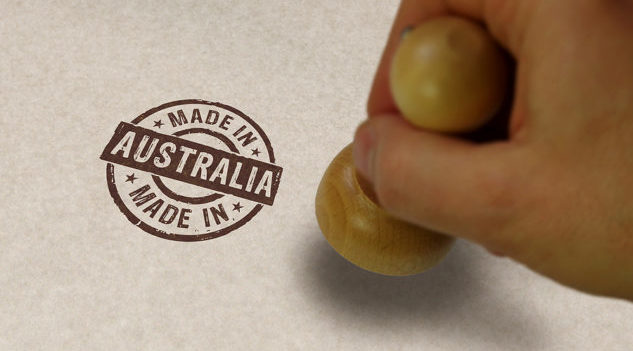Australia’s all-in battle with COVID-19 in 2020 taught us a lot about ourselves and our community. But perhaps the most important lesson is that we are too dependent on offshore manufacturers for many of the goods we need to fuel our economy.
This became abundantly clear in the middle of the year with the pandemic at its peak, when international supply chains became disrupted and it took weeks, if not months, for needed goods and components to arrive on our wharves from overseas suppliers and manufacturers.
At Grow Finance, we saw the impact first-hand in our trade finance business, with customers left with no recourse but to wait for essential product lines to arrive while the cost of shipping goods increased significantly, and impatient customers looked elsewhere.
The tragic situation reminded me of a recent study that measured the complexity of the goods and services Australia exports – which is essentially a measure of what we manufacture domestically compared with other countries. The Harvard Growth Lab Atlas of Economic Complexity ranked Australia 93rd, behind Senegal, Kazakhstan and Uganda and marginally ahead of Pakistan and Mali. This was despite the study also ranking Australia as being the eighth richest country in the world.
While data shows Australia has nearly tripled its national income since 1995, our complexity ranking has dropped from 57th, with 22 of those places lost in relatively recent years. This, highlighted by the pain felt by importers over 2020, tells us Australia needs to reverse this trend, invest more in onshore manufacturing and become less reliant on significant overseas suppliers.
To be fair, there are factors which play into our poor ranking. The main one is that Australia’s top exports are natural resources. We export huge amounts of iron ore, coal and natural gas, which help strengthen our economy.
However, as the study makes clear, Brazil, Russia and Canada, also have a rich abundance of natural resources but rank better than 50th in the Harvard complexity scale. All three countries have much larger and more advanced manufacturing sectors than Australia has. Canada, for example, is especially strong in aerospace, motor vehicles and machinery production, including computers.
Harvard’s Growth Lab recommends that countries focus on moving into more complex exports based on simpler industries where they are competitive. Australia is doing this in the resources sector, where it is leading the way in mining technology. However, we also have global leaders in medical devices and biotech, with the likes of Cochlear, ResMed and CSL, the last of which has been critical to Australia’s ability to produce a COVID-19 vaccine option.
Of course, the vast majority of Australian companies are not large multinationals like these but are instead smaller companies with limited cash reserves and less ability to weather supply challenges. It is these companies that need to lead the way in investing in their own onshore supply chains to strengthen Australia’s economic resilience and become the exporters of the future.
The good news is that there are signs that some Australian companies understand this and have started to act. Data from Grow Finance’s lending book shows a more than 200 per cent increase in lending to buy manufacturing equipment between January and September this year, which coincides with a threefold increase in funding for transport supporting local manufacturing and post-COVID interstate haulage.
We expect this to be an ongoing trend, given the cracks exposed in supply chains, the possibility of trade wars impacting future supply and growing support for buying locally across the country. If the government throws its support behind such initiatives, it could be the one silver lining to emerge from COVID-19 for Australia.
Greg Woszczalski, Executive Director, Grow Finance










